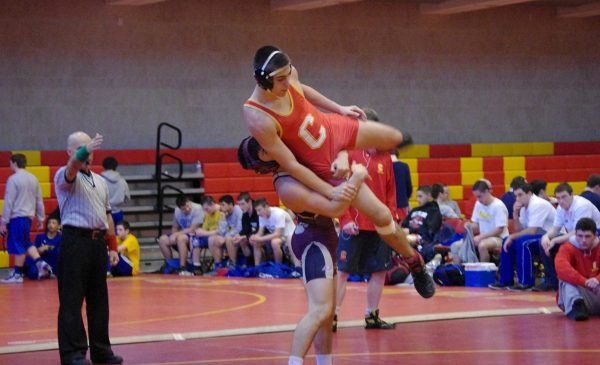The Power of Collaboration and Communication in Wrestling
Introduction
Wrestling is often seen as an individual sport, with athletes competing one-on-one on the mat. However, there is a strong team aspect to wrestling that is often overlooked. In this blog post, we will explore the importance of collaboration and communication in wrestling, and how these skills can be developed and utilized to build a successful wrestling team.
The Role of Collaboration in Wrestling
Collaboration is crucial in wrestling, both during practice sessions and in actual competitions. While each wrestler competes individually, their success is greatly influenced by the support and assistance they receive from their teammates. Teammates can provide valuable feedback, offer different perspectives, and help each other identify weaknesses and areas for improvement.
Collaboration in wrestling can take many forms. During practice, wrestlers often work together on drills and techniques, pushing each other to improve. They may also engage in live wrestling sessions, where they simulate real matches and help each other refine their skills. This collaborative environment fosters a sense of camaraderie and mutual growth among the team members.
In addition, collaboration extends beyond the wrestling mat. Wrestlers often strategize together, analyzing opponents’ strengths and weaknesses, and developing game plans. They may also provide emotional support to each other, helping to boost morale and maintain a positive team dynamic.
The Importance of Communication in Wrestling
Effective communication is essential in wrestling, as it allows teammates to coordinate their efforts and make split-second decisions during matches. Clear and concise communication ensures that everyone is on the same page and can react quickly to changing situations.
Communication in wrestling can take various forms. Coaches play a vital role in providing instructions and guidance to their wrestlers during matches. They may use hand signals, verbal cues, or specific phrases to convey strategies and tactics. Wrestlers must be attentive and responsive to these cues, as they can make a significant difference in the outcome of a match.
Communication between teammates is also crucial. Wrestlers need to communicate their intentions and actions during live wrestling sessions to avoid injuries and ensure a safe training environment. They may use verbal cues or hand signals to indicate their movements and intentions, allowing their partners to react accordingly.
Developing Collaboration and Communication Skills
Building collaboration and communication skills in wrestling requires a deliberate and consistent effort. Here are some strategies that can help wrestlers and teams develop these skills:
1. Team-building activities: Engage in team-building exercises that promote trust, cooperation, and communication. These activities can include problem-solving challenges, group discussions, and team-building games.
2. Partner drills: Incorporate partner drills into training sessions to encourage collaboration and communication. These drills can involve working together on specific techniques, practicing transitions, or simulating match scenarios.
3. Video analysis: Analyze matches and practice sessions as a team, discussing strategies, strengths, and areas for improvement. This collaborative approach allows wrestlers to learn from each other and develop a deeper understanding of the sport.
4. Effective feedback: Encourage wrestlers to provide constructive feedback to their teammates. This feedback should be specific, actionable, and focused on improvement. Creating a culture of constructive criticism helps build trust and open communication within the team.
5. Team meetings: Regularly schedule team meetings to discuss goals, strategies, and individual progress. These meetings provide an opportunity for wrestlers to voice their opinions, ask questions, and address any concerns they may have.
Conclusion
While wrestling is often seen as an individual sport, collaboration and communication play a vital role in building a successful wrestling team. By fostering a collaborative environment, encouraging effective communication, and implementing strategies to develop these skills, wrestlers can enhance their performance and create a strong and cohesive team. So, let’s not underestimate the power of collaboration and communication on the wrestling mat.

